Discover how Japanese researchers are using tissue models to create a blood-brain barrier model and advance drug development.
Aiming to speed up the drug development process, a team of Japanese researchers has successfully created a blood-brain barrier model using modularized tissue produced from human cells.
The tiny cubic structure developed by the team known as “Tissue-in-a-CUBE” has the potential to advance drug discovery and replace animal models in pre-clinical research.. Nevertheless, it can occasionally be challenging to forecast a drug’s efficacy in humans as well as potential negative side effects due to variations between animals and humans.
In light of this, the RIKEN BDR research team created a new blood-brain barrier model by utilizing the CUBE-type technology that they have set up for the modularization of various human tissues. “We were happy to find that it accurately mimicked the real blood-brain barrier in terms of structure and function. Like the real barrier, it only allowed limited substances to pass through, and astrocytes and pericytes extended three-dimensionally beneath the sheet of endothelial cells, said Masaya Hagiwara, research lead of the project from RIKEN BDR, in a
United States Latest News, United States Headlines
Similar News:You can also read news stories similar to this one that we have collected from other news sources.
 Researchers 3D-print functional human brain tissueIt's an achievement with important implications for scientists studying the brain and working on treatments for a broad range of neurological and neurodevelopmental disorders, such as Alzheimer's and Parkinson's disease.
Researchers 3D-print functional human brain tissueIt's an achievement with important implications for scientists studying the brain and working on treatments for a broad range of neurological and neurodevelopmental disorders, such as Alzheimer's and Parkinson's disease.
Read more »
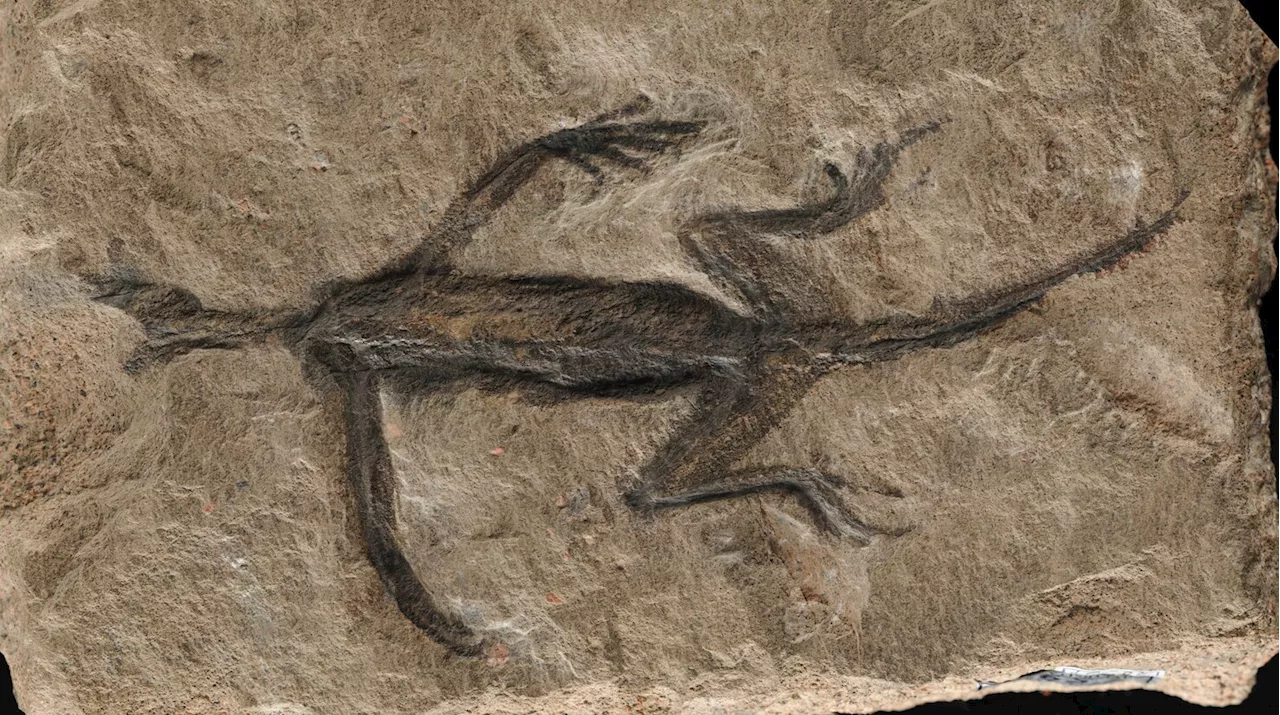 Paleontological analysis shows renowned fossil thought to show soft tissue preservation is in fact just paintA 280-million-year-old fossil that has baffled researchers for decades has been shown to be—in part—a forgery, following new examination of the remnants.
Paleontological analysis shows renowned fossil thought to show soft tissue preservation is in fact just paintA 280-million-year-old fossil that has baffled researchers for decades has been shown to be—in part—a forgery, following new examination of the remnants.
Read more »
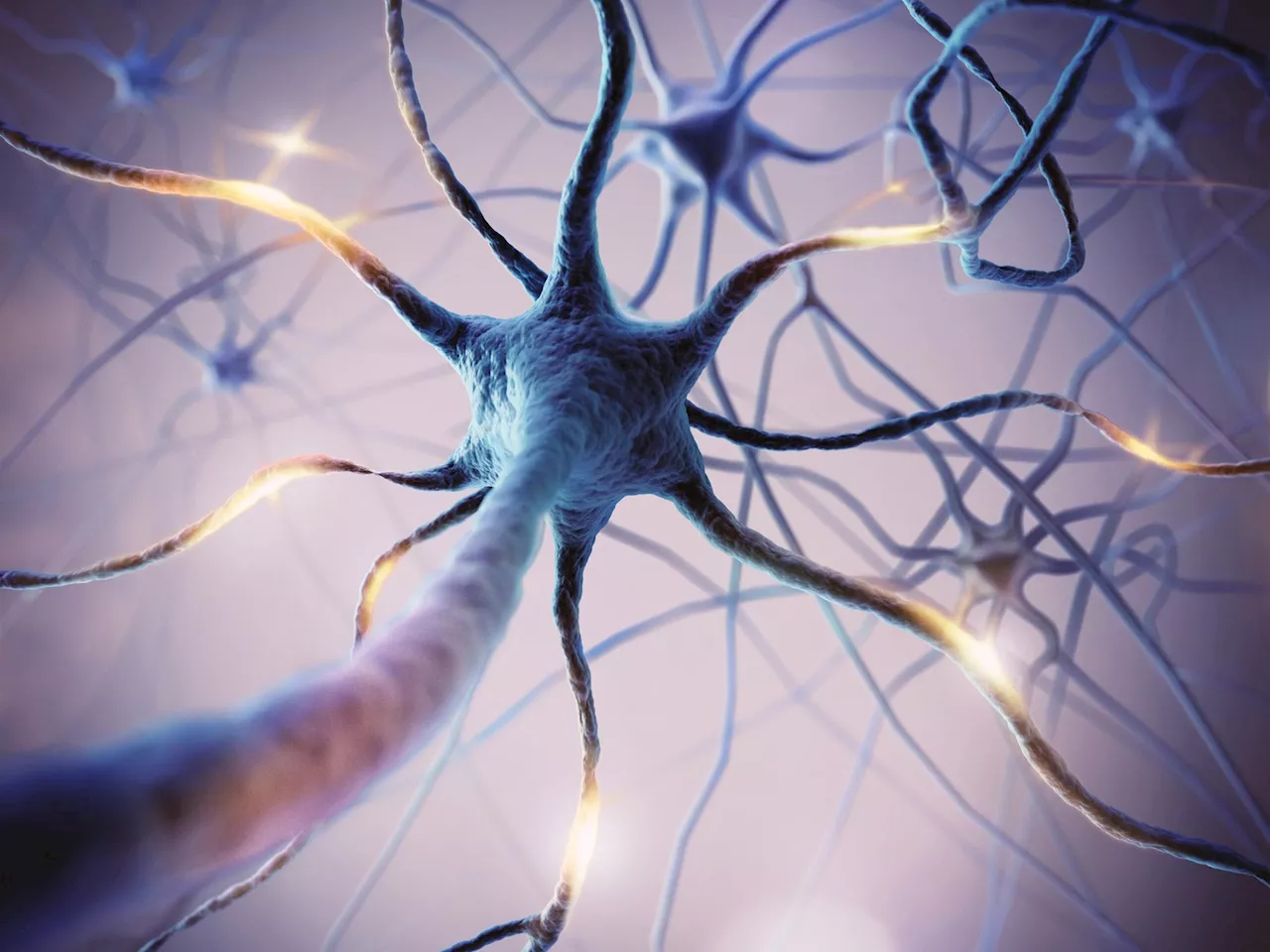 The Missing Puzzle Piece: Neuroscientists Discover New Group of Brain CellsScience, Space and Technology News 2024
The Missing Puzzle Piece: Neuroscientists Discover New Group of Brain CellsScience, Space and Technology News 2024
Read more »
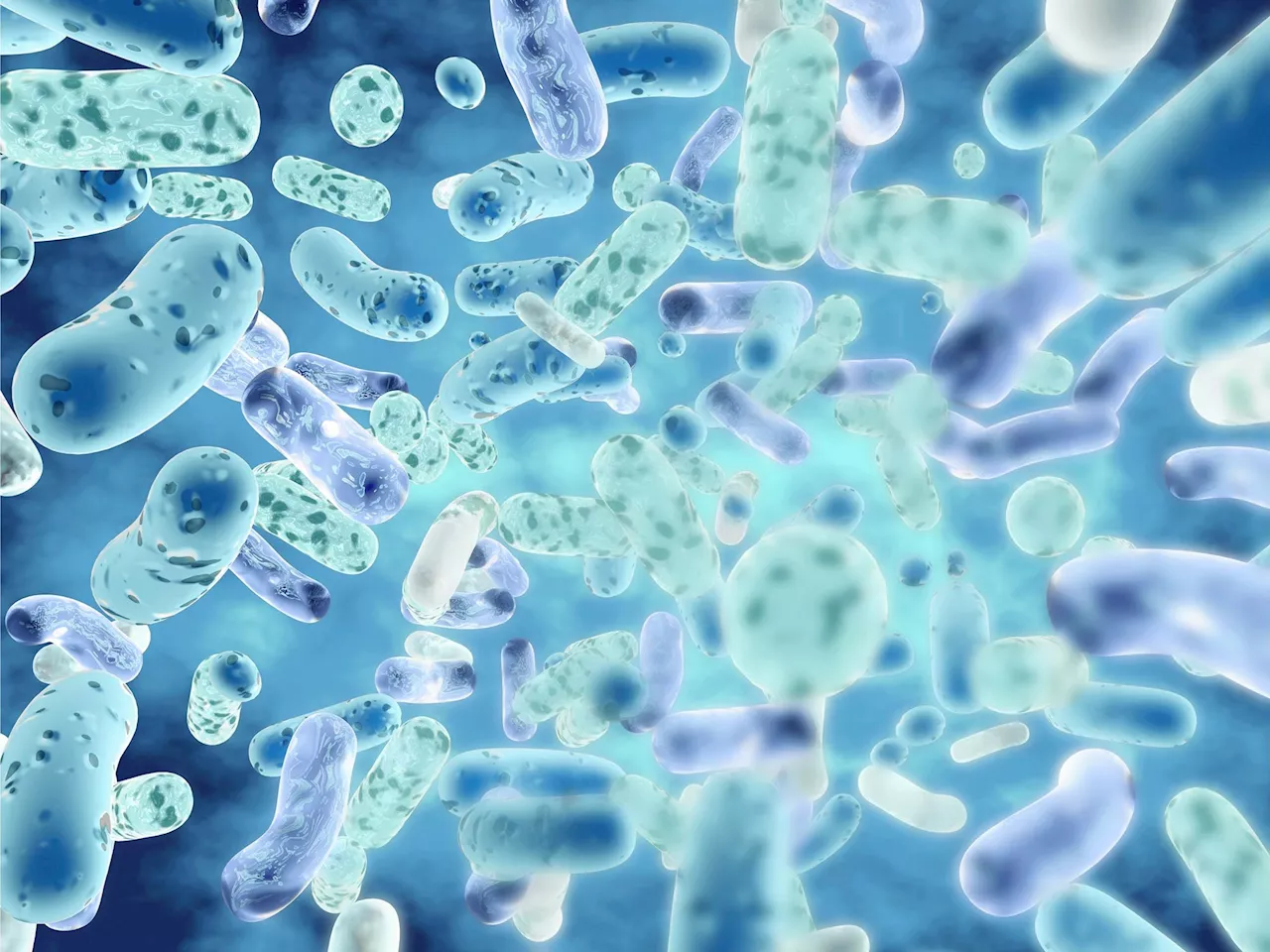 Scientists Discover 2 Strains of Probiotics That Promote Weight Loss in DogsScience, Space and Technology News 2024
Scientists Discover 2 Strains of Probiotics That Promote Weight Loss in DogsScience, Space and Technology News 2024
Read more »
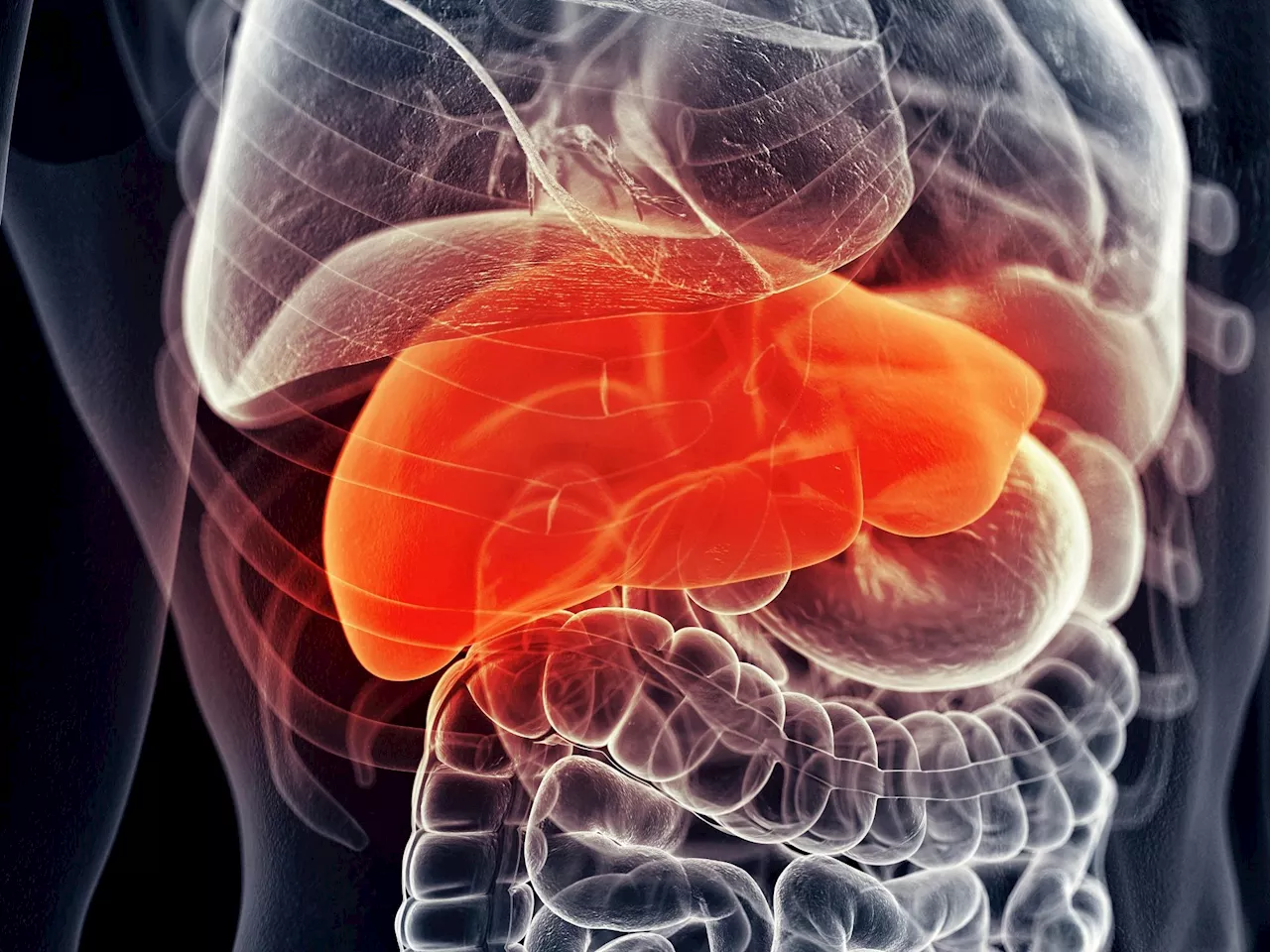 Scientists Discover New Life-Saving Benefit of Ozempic and SemaglutideScience, Space and Technology News 2024
Scientists Discover New Life-Saving Benefit of Ozempic and SemaglutideScience, Space and Technology News 2024
Read more »
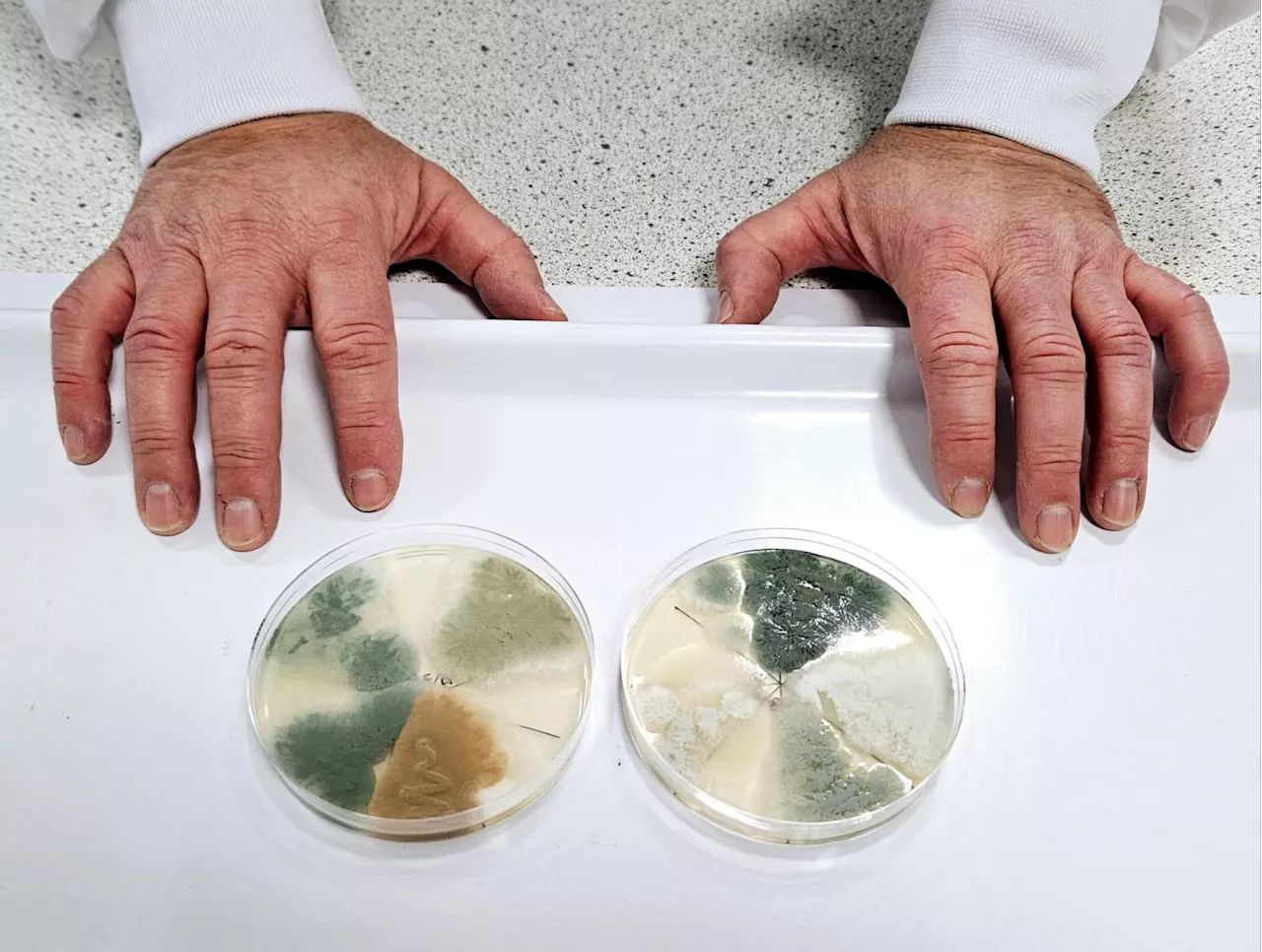 – Scientists Discover How To Create Different Colors of CheeseScience, Space and Technology News 2024
– Scientists Discover How To Create Different Colors of CheeseScience, Space and Technology News 2024
Read more »
